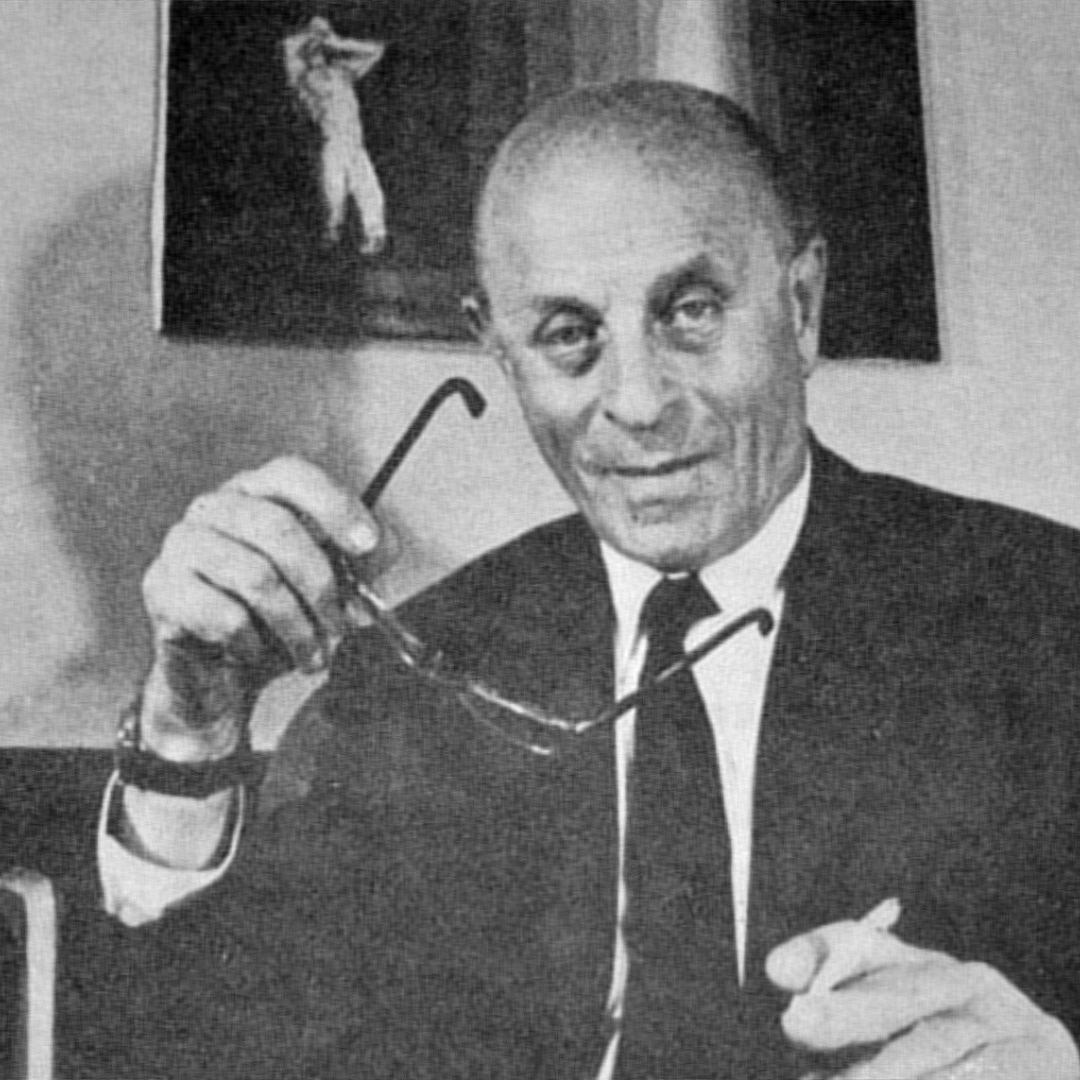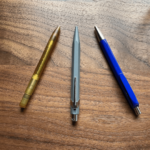
Who Invented The Ballpoint Pen
Given its age, the ballpoint pen has been retired for a long time. But in everyday life, it is more omnipresent than ever—and is still far from being a thing for the elderly. This time, I’ll tell you a story about who invented the ballpoint pen.
A patent was filed for a pen similar to today’s modern ballpoint pen around 85 years ago. The triumph is well known: the pen is an indispensable part of every bag, desk, and trade fair, where it serves as an ideal promotional gift. Germans alone spend around 450 million euros on ballpoint pens every year.
Notes, contracts, signatures, letters: There is no paper on which the ballpoint pen cannot leave its mark. But above all, one thing applies: he writes and writes and writes.
But who invented the ballpoint pen? And how did this groundbreaking idea come about? What do the British Royal Air Force and NASA have to do with the triumph of the ballpoint pen? I present 11 exciting facts about the coolie and its creator – a Hungarian inventor who also made a name for himself in other areas.
The ballpoint pen inventor is called Biró
The inventor of the ballpoint pen is called László József Biró. He was born in Budapest in 1899 and later became known for all sorts of inventions. The most famous is clearly that of the coolie as we know him today. Biró, who was still called Schweiger at birth – the Jewish family only had the name changed to Biró six years later in order to adapt it to his Hungarian homeland – began studying medicine at a young age (which he did not finish) and worked as an insurance broker and racing drivers.
Precursors to the ballpoint pen existed much earlier
If you look closely, even before Biró, inventors had ideas for pens that were similar to today’s ballpoint pen. But just similar. As early as the 16th and 17th centuries, people wrote with ink pens and in the 19th century, patents were even filed for writing instruments that carried the ink inside themselves. As a rule, however, these pens did not write with a ball, as is characteristic of ballpoint pens, but with springs.
In 1938 Biró applied for a patent for his ballpoint pen
The idea for the ball finally came to László József Biró. All he needed was a tube, a ball and ink fed through the tube to the ball. Together with a few friends and acquaintances, he created the first ballpoint pen – and applied for a patent for it on April 25, 1938. The writing instrument came onto the market as a go-pen – today we would probably call it a writing instrument to go.
The idea goes back to printing presses and marbles
Biró worked as a journalist, author and editor for several newspapers in the 1930s. The printing presses and his children’s marbles gave him the idea for the ballpoint pen: He wanted to invent a pen that wrote with ink and didn’t smear – similar to the printing process used in newspaper printing, only by hand. What do the marbles have to do with it? He noticed that when the balls rolled through a puddle, they left a wet trail behind. He implemented the principle in the form of the ball at the end of the pen, which transfers the ink to the paper, where it then dries.
The Nazis prevent Hungary from becoming the first great “coolie power”.
Biró was Jewish and came under increasing pressure towards the end of 1938. Hungary was an ally of Nazi Germany. When a law was about to come into force at the end of 1938 that forbade the taking of patents abroad, Biró and his family fled to France in good time – from where they continued to Argentina a short time later, when Jews were increasingly being persecuted in France. The result: Biró continued his research on coolies in South America and received another patent in 1943 , this time in the USA. From then on, seven million ballpoint pens were produced every year in a factory in Argentina.
The real breakthrough of the ballpoint pen came from another businessman
The Brit Henry George Martin soon recognized the potential of the ballpoint pen – but initially for an unusual purpose: Because the pen works easily even at high altitudes and does not spill, he intended it for aircraft crews. Until now, they had to struggle with the fact that fountain pens gave up the ghost at height. Martin Biró quickly bought the patent rights and began series production. In 1944 he produced around 30,000 units for the Royal Air Force.
Series production of pens begins worldwide – often without purchasing the patent rights
By the mid-1950s, a billion pens had been manufactured all over the world – which proves the enormous success of the writing instrument even at the time. A small catch for the ballpoint pen inventor: some of it was created without the manufacturers acquiring the patent rights. Nevertheless, Biró received patents for his invention in dozens of countries and can now clearly be considered the official inventor of the ballpoint pen.
In some countries, Biró is paid homage linguistically
Honor where honor is due: the name Biró has found its way into ballpoint pens in many languages . For example, the British call the coolie “Biro”. The term is also widespread in Italy. France, on the other hand, uses the name “Bic”, which has nothing to do with Biró, but with another famous man: Marcel Bich. In the 1950s, he manufactured a number of inexpensive ballpoint pens and helped the writing instrument achieve a breakthrough.
Biró also applied the principle to other things – such as the deodorant roller
László József Biró was a true inventor who never ran out of ideas. For example, he also invented a perfume that can be viewed as a forerunner of the roll-on deodorant. The principle is the same as with a ballpoint pen: the fragrance is applied to the skin via a ball. The idea flopped – and Biró continued to tinker and brought a few other perfumes onto the market. As we know today, the idea of the deodorant roll-on was ultimately intended to be successful at some point.
The Space Pen even works in space – and should not be missing on any NASA flight
We have already written above that Biró’s invention once interested the Royal Air Force. Years later, an astronaut pen was even developed – the Fisher Space Pen, although László József Biró did not have a share in it. Paul C. Fisher and other inventors developed a special ink paste that writes even in weightlessness.
In addition, the refill also writes at extreme temperatures and is under pressure, which is why it can write when ballpoint pens give up (for example, with the tip pointing upwards). NASA has been taking the Space Pen on its space flights since 1968.
Argentina dedicates a holiday to the ballpoint pen inventor
Since 1986, a year after László József Biró’s death in Buenos Aires, his adopted homeland of Argentina has dedicated a holiday to Biró. Inventor Day, celebrated on different days in many countries worldwide, is celebrated annually in Argentina on September 29th – Biró’s birthday. In this way, the country is expressing its pride that the inventor of the ballpoint pen lived in the South American country for around 40 years after escaping from the Nazis in World War II.

